Nestled on the south side of the abandoned US Naval Station Argentia, shrouded in layers of secrecy, lies the enigmatic "T-Building." A location that sparks curiosity, wrapped in barbed wire and guarded by its past, this building holds secrets that seem to have been forgotten—or perhaps, deliberately concealed.
The Last Piece of U.S. Territory: Why Is It Still Guarded?
Why does the U.S. Government still cling to this land, one of only two parcels that remain in their possession after most of the base was handed back to Newfoundland and Labrador? What secrets does the T-Building guard so fiercely that its security remains a priority to this day?
Some say the answer lies in its role as a critical hub for Atlantic surveillance, a center for clandestine operations and intelligence gathering during the height of the Cold War. But that explanation merely scratches the surface.
SOSUS: The Secret Underwater Defense
The T-Building was no ordinary facility; it was the heart of the Sound Underwater Surveillance System (SOSUS), a top-secret defense line against Soviet submarines lurking in the depths of the ocean. It’s here, behind those fenced-in walls, that some of the most sensitive data collection in the Cold War era unfolded.
But what exactly made this place so vital? Beneath the surface of the ocean, an intricate web of underwater hydrophones—arrays mounted to the ocean floor—lay waiting. Their purpose? To listen. To capture the faintest whispers of submarines, ships, and even aircraft from miles away. The hydrophones were so sensitive they could detect the faint sonic booms of Soviet Tu-95 bombers flying overhead—bombers whose propellers spun fast enough to break the sound barrier, sending shockwaves down to the ocean below. The SOSUS system picked up on everything, from the movement of enemy submarines to subtle changes in acoustic frequencies, and all of that data funneled into the T-Building.
Cold War Espionage: The Soviets Were Watching
As whispers of espionage swirled in the shadows, the Soviets knew this building housed valuable information. Attempts were made to uncover what was happening inside, as detailed in previous accounts of Soviet intelligence operations targeting the T-Building. What they sought was the United States' lifeline in monitoring Soviet missile submarines—a front-line defense against nuclear threat.
A New Role for an Old Building
Yet, after the decommissioning of the base, something curious happened. The T-Building wasn’t abandoned. Instead, it was repurposed, with two large radar domes rising above it, standing like sentinels over the barren shoreline. These domes served as part of the US Air Force’s Range Instrumentation System, monitoring launches from Cape Canaveral, including the Titan IV Launch in 1997. The facility, once submerged in secrecy, adapted to a new role—yet still, its mysteries linger.
What’s Happening Today?
Even today, little concrete information exists about the T-Building. Official documents are sparse, and much of what once existed remains classified. The general public is told that the remnants of the SOSUS system are now used to study low-frequency vocalizations from marine mammals. But is that the full truth? Could this facility still be listening, still monitoring, waiting for a threat no one else sees?
The Final Question: What Secrets Remain?
What secrets does the T-Building still hold? As with all great mysteries, the truth lies beneath the surface—waiting to be uncovered.
We are told that SOSUS is currently being analyzed for low-frequency vocalizations from marine mammals living in the open ocean. I think there may be more to it than that, what do you think?
Resources:




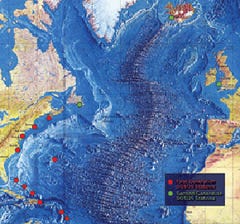
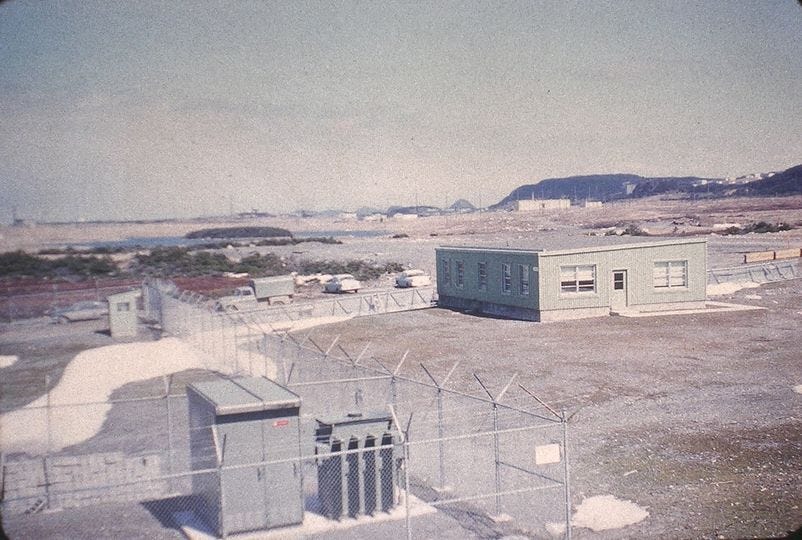
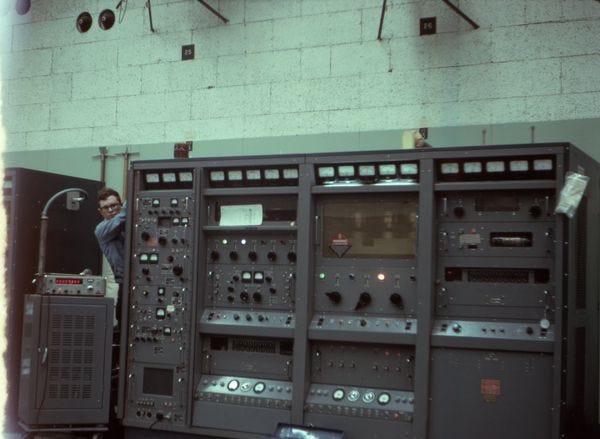
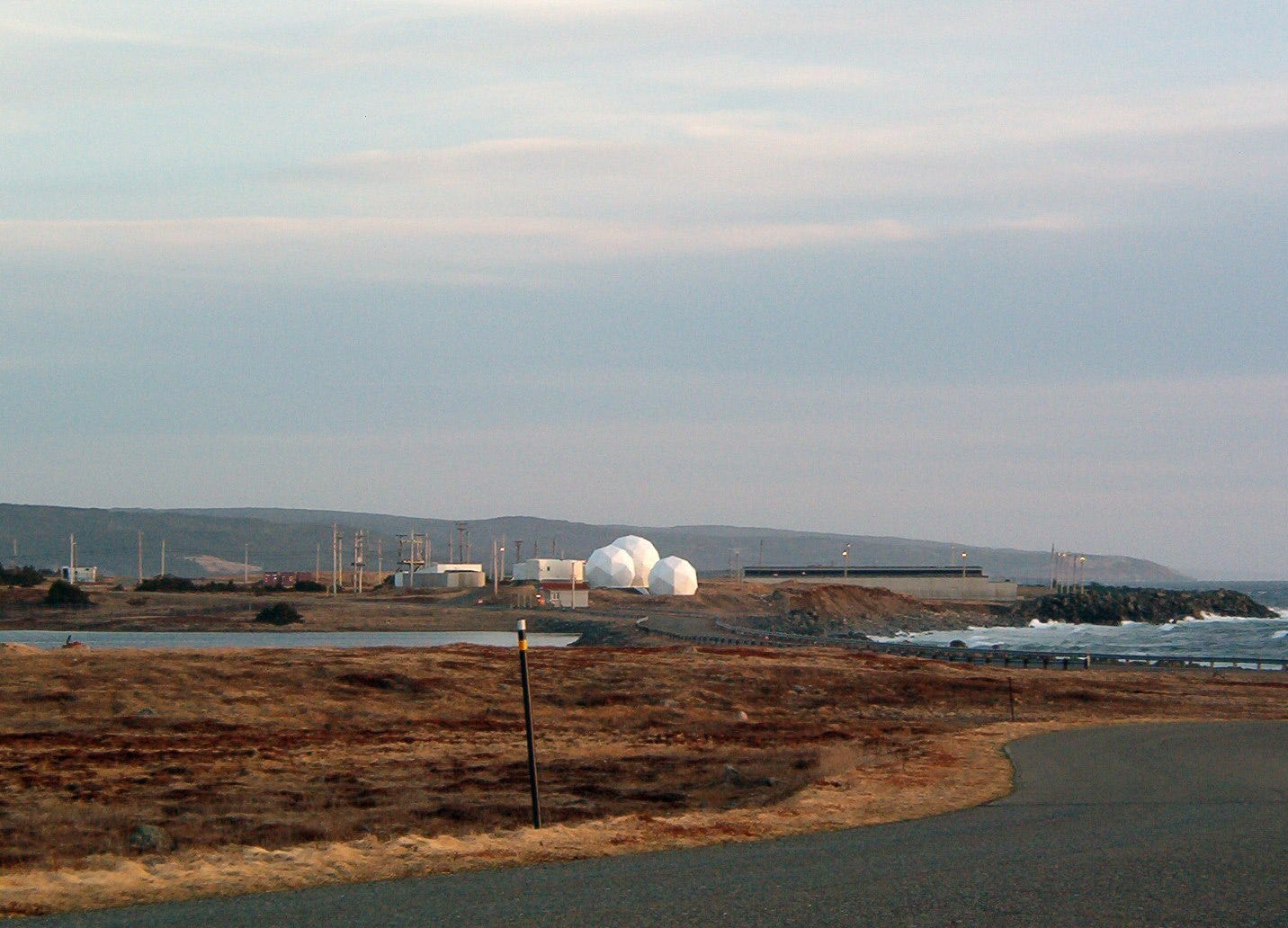
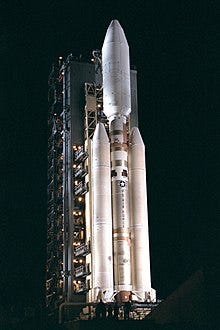

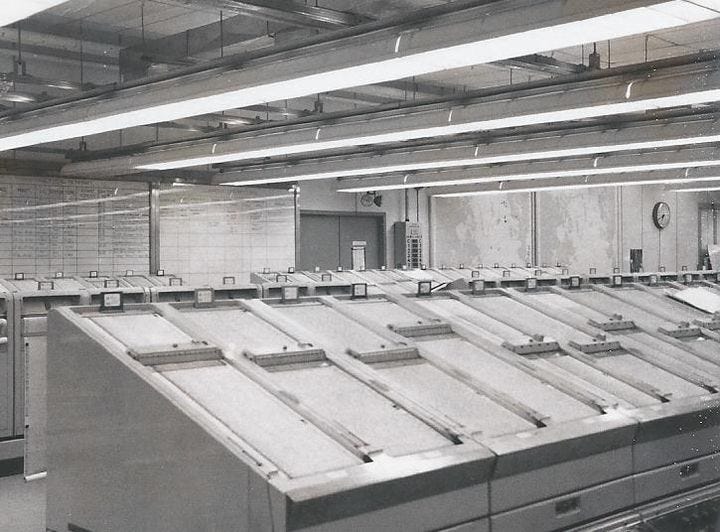
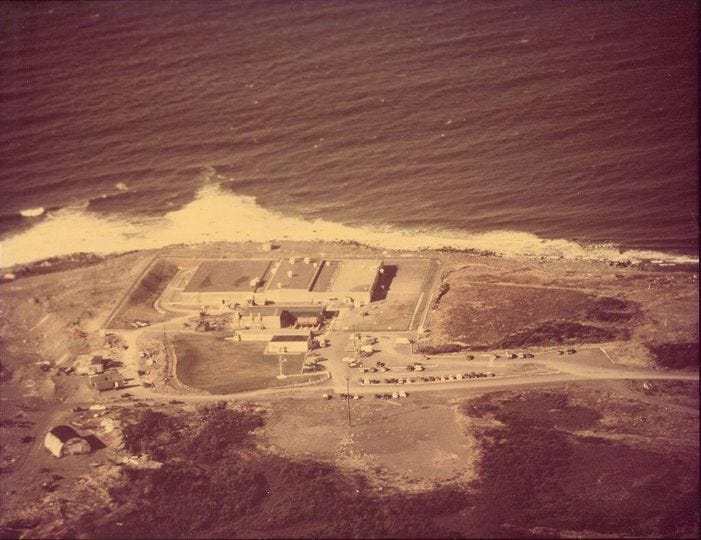
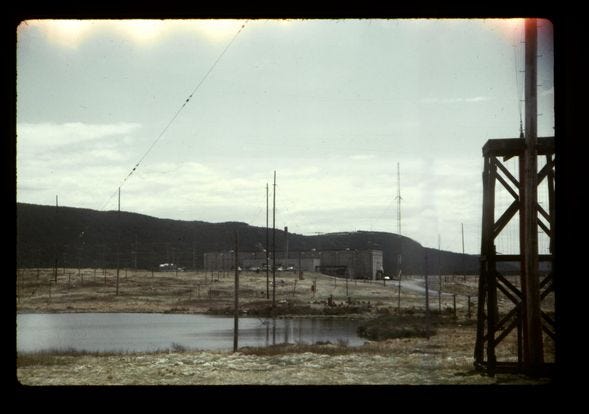
Would you be interested in doing an interview about your time in Argentia? I could send you some questions to answer and then publish them on here if you would allow that?
I will make a donation later.